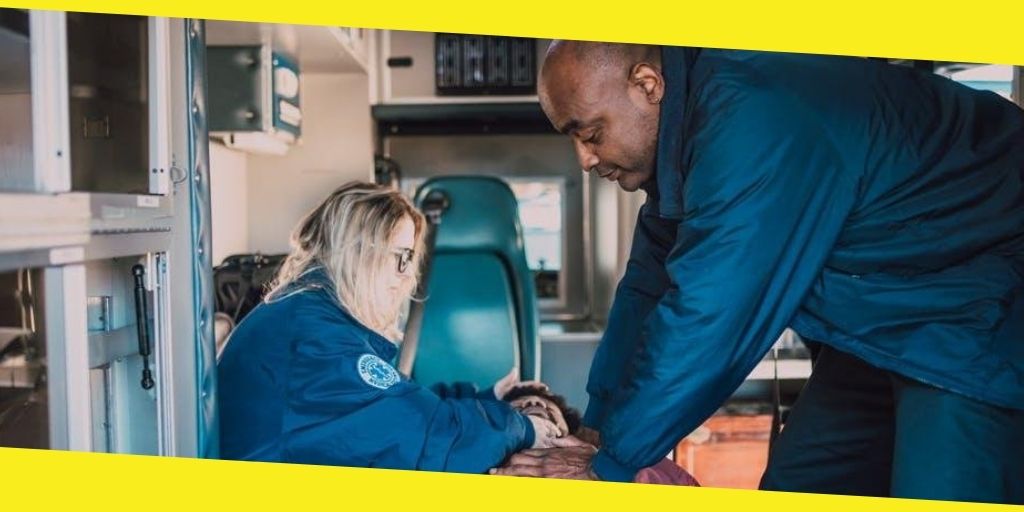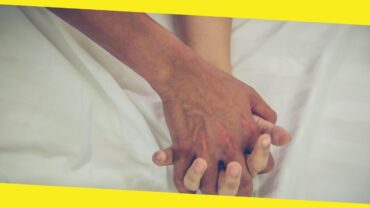Six Life-saving Skills You Should Know in Case of Emergency
This post was last updated on December 28th, 2021

In the case of medical emergencies, people often assume that someone else will step up and provide the person in need with the medical assistance they require. But, unfortunately, such a thing usually doesn’t happen.
In fact, most people don’t have the knowledge and the skills to respond to a medical emergency, let alone perform the Heimlich Maneuver on the person in distress. Due to this, it is vital for individuals, regardless of their professional background, to learn a few basic life skills and techniques that will come in handy during emergencies.
But, at the same time, there is no doubt that these techniques and skills aren’t substitutes for hands-on training, proper classes, and certifications. Therefore, no matter the severity of the emergency you have to deal with, it is always advisable to contact medical emergency services to provide the person in distress with the appropriate medical care.
That said, let us take a look at a few life-saving skills and techniques you should know in case of emergencies. Of course, some are more complicated than others. But, they will surely come in handy whenever required. So, without further ado, some of the skills are listed down below.
Using an Automated External Defibrillator.
An AED is a medical instrument popping up in businesses, malls, and even schools these days. You might have seen these instruments in action in your favorite movies or drama serials. Remember the electrically charged paddles the doctor applied to the patient’s chest in your favorite Grey’s Anatomy episode? If you do, those are called AEDs.
To learn how AEDs work, you’ll need an ACLS certification. If you’re a healthcare professional who wants a refresher, Google the term ACLS certification near me to register for an ACLS certification or apply for a recertification course online.
Preventing hypothermia.
Hypothermia is how your body responds to a drop in core temperature to a point where normal cerebral and muscle function becomes impaired. Some typical signs of hypothermia include uncontrollable shivering, drowsiness, shortness of breath, lowered heart rate, and coordination loss, to name a few.
So, to treat individuals suffering from hypothermia, take the victim to a warm place and out of cold weather. Furthermore, remove any wet clothing item the victim is wearing and wrap them with a sleeping bag of multiple blankets.
Moreover, provide them with warm beverages like soup or alcohol to bring their body temperature to a normal range.
The Hiemlich Maneuver.
If you see an adult choking, performing the Heimlich Maneuver on them will allow you to dislodge the foreign body choking the victim. The Heimlich Maneuver usually involves wrapping your hands around the victim’s chest from the back while forming a fist with both your hands under their ribcage.
After that, you need to tightly grasp your fist and press forcefully into the victim’s ribcage until the foreign object comes out of their mouth. That said, the Heimlich Maneuver is different for adults and children.
So, to perform it on children, consider getting some training as using the same techniques on children and infants will do more harm than good.
Bandage application.
It is an essential life skill to help stop a person from bleeding out and dying. For example, suppose an individual loses too much blood due to a cut to the main arteries. In that case, they will probably go into shock when their vital organs don’t receive the blood, nutrients, and oxygen they require to maintain functionality.
But, in the end, it is not the blood loss that will cause death but the shock that comes from losing a lot of blood. So, ensure that you properly apply a bandage to an open wound to help stop a victim from bleeding too heavily or until medical help arrives.
Responding to allergic reactions.
Severe allergic reactions can result in instant death if left untreated. Such a thing happens when the reaction progresses slowly into your respiratory and cardiovascular systems, collapsing them in the process.
That said, a few signs of allergic reactions include; anxiety, vomiting, blue or pale skin, and breathing difficulties. Whenever you discover these signs, it is imperative to call 911 immediately. However, it is more crucial to call for medical if the victim doesn’t have any allergies.
However, for people known to have allergies, they will most probably carry an EpiPen. If the victim cannot administer it themselves, do it for them. If the EpiPen doesn’t work, you will need to perform CPR.
CPR.
CPR methods have evolved with time. However, the three well-known CPR actions are to check the victim for unresponsiveness and call 911, perform chest compressions if the victim isn’t breathing, and lift and tilt the victim’s head and breathe through their mouth for at least two seconds while holding and blocking their nose.
Typically the pattern involves compressing the victim’s chest thirty times until the patient begins to breathe, regains consciousness, or medical assistance arrives.
If you want to learn more about CPR and first aid, you can check out scarborough first aid.
Conclusion.
The life skills mentioned above will come in handy when you least expect them to. While you can perform some of these techniques without a medical background, it is always wise to do it as a last resort to ensure you stay away from liabilities if your rescue attempt doesn’t go according to plan.
So, choose your battles wisely and consider leaving the medical caregiving responsibilities to the professionals who know what they’re doing!
Recommended For You
Sexual Health Enhancement: 4 Methods That Can Help
Most Inside
Most Inside offers high-quality recommendations and valuable updates to enhance all aspects of your life, providing premium guidance and enriching experiences.




